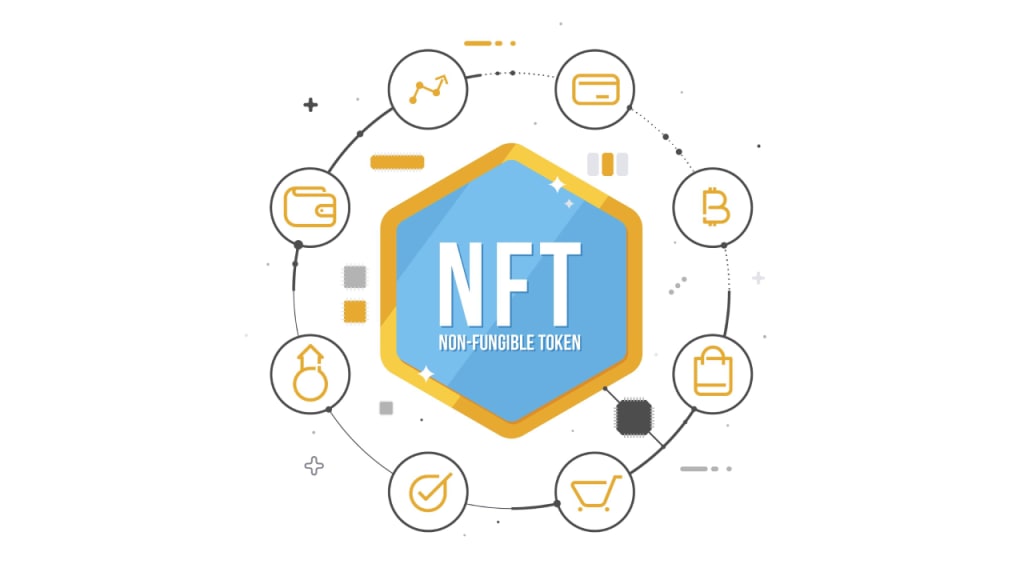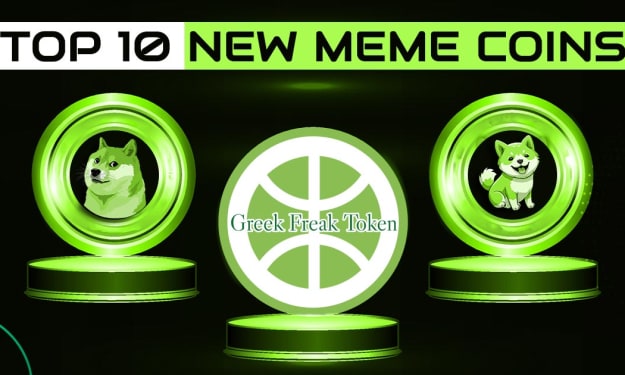The Basics Of NFT Marketplace Development
The Foundations Of The Development Of The NFT Marketplace

Non-fungible tokens have grown in popularity and are currently used in a variety of businesses. As a result, to be one step ahead, you should start planning to develop your NFT market.
Non-fungible tokens have become so prevalent that few people are unfamiliar with them. This blockchain-powered phenomenon is redefining what is possible in a variety of industries and domains, including digital art, entertainment, fashion, sports, gaming, journalism, and real estate.
On the internet, NFTs worth tens of billions of dollars are traded. These digital venues are referred to as NFT markets. It can be bought and traded in NFT marketplaces just like any other marketplace. Furthermore, these NFT platforms make transactions between buyers and sellers easier, bridging the gap between the two parties.
Today, we will look at the principles of NFT Marketplace Development to help you establish your own.
What makes NFT Marketplaces unique?
On an NFT marketplace platform, non-fungible tokens can be stored, sold, and even manufactured (minted). Blockchain technology is often used by these platforms to confirm the legality and provenance of the digital assets shown on the NFT marketplace.
Buyers and sellers can connect and work more effectively when using NFT platforms. When a transaction is completed, buyers and investors are given a token that serves as proof of ownership and contains information about the token’s history and the token itself.
At the moment, a wide variety of digital assets, including artwork, in-game objects, memes, video clips, and virtual property plots, can be acquired or sold. These figures will only rise in the future, according to everyone.
Different NFT Marketplace Categories
NFT platforms are classified into two types: augment and streamline.
NFT Marketplace ace Simplified
Simplified NFT markets provide a more limited set of generic services to merchants and consumers to support a wide range of NFTs. Simply said, an NFT platform like this one lets clients choose the most convenient payment option for them.
Non-fungible token auctions and fixed-price transactions can be conducted on simplified NFT platforms like eBay and Amazon, which are frequently compared to traditional eCommerce platforms. Two noteworthy examples of simple marketplaces are OpenSea and Rarible.
NFT Marketplace Enhancement
Enhanced NFT platforms, on the other hand, focus on a limited set of non-fungible tokens, which implies they provide particular services to a subset of tokens. They are perceived as exclusive and often incur higher transaction costs when compared to more streamlined NFT marketplaces.
Two of the most popular augmented reality platforms are NBA Top Shot and SuperRare. Top Shot focuses on one-of-a-kind basketball collectibles, whereas SuperRare specializes in virtual works of art and offers extensive organization and recommendation services to virtual works of art collectors.
Before committing to NFT Marketplace Development, weigh the benefits and drawbacks of both streamlined and augmented categories to determine which one best meets your needs and expectations.
How Do NFT Marketplaces Function?
NFTs can be implemented using smart contracts. The unique set of information contained in each token’s smart contract ensures the immutability and security of a blockchain. To build an NFT marketplace on the Ethereum network, we need a token protocol. This subset of smart contracts is in charge of ensuring that specified marketplace functionality is implemented. This protocol is also connected with the market system.
For the time being, let’s focus on the client side of NFT marketplaces. All NFT auction platforms have a similar overall flow. Users must first register an account on a site of their choice and download a digital wallet programmed before storing any NFTs or cryptos. To utilize the platform, you must first construct a cryptocurrency wallet and then register for an account with that wallet. The user can then begin developing their collection by adding items to the window where they want to view their work. If the platform suggests it, the user can set up a secondary sales charge in addition to choosing which payment tokens to accept for his painting.
The next step is to list items for sale on the internet. The user can choose between a fixed price and an auction bid. When a product is placed for sale, a transaction is produced in the user’s wallet that initiates a personal trade smart contract. Your NFTs will be offered for sale, and you will be able to receive offers if the platform has approved them, which may necessitate collecting moderation. As a commission, NFT markets often charge a portion of the purchase price. NFT platforms handle the transfer of items and money, making the transaction appear simple to users.
The Basic Characteristics of the NFT Market
When designing a marketplace for NFTs, NFT Marketplace Development Company takes both front-end and back-end factors into account. When using NFTs and blockchain technology, artists and buyers require an easy-to-use front-end interface, and back-end resources must be safe and effective. They must also be both. The backend should be able to easily handle complex transactions.
Storefront
Because NFT platforms are akin to traditional e-commerce websites, they require a user-friendly storefront. It is up to the site administrators to make this decision, not the users. The origin, authenticity, and scarcity of NFT data are crucial for NFT clients. Even if an individual NFT cannot be duplicated, creators can distribute many versions of the same item as «Number 3 of 10». Genuine collectors, on the other hand, like one-of-a-kind NFTs.
Search Options Filter
The extent of the files to be traded and the filtering options to be built must be determined by your existing marketplace. Users benefit from a more enjoyable shopping experience as a result of the time they save searching for collectibles they want to buy, thanks to category tagging and administration capabilities. Filters can be used to refine your search by artist, price, or rarity.
Making a List
NFT submission and collection development should not take long. To successfully organize your collections and items, you may require OpenSea’s, Collecting Manager. On the collection creation page, you should be able to submit an image and fill up the token’s basic parameters such as name, description, and tags. I recommend that you participate in a few different marketplaces to determine which stages of the NFT creation and sale process work best for you.
Status of Listing
Customers can also use the listing status to make NFT transactions. They can find the best solutions quickly and easily by searching, sorting, and filtering. Statuses let sellers navigate more easily if you want to establish a collectible verification process on your site. As a result, you’ll be able to tell sellers where their items are in the verification process.
Purchase, Sale, and Auction
The auction procedure on your platform is one of the most important parts of the project. Bidders must be provided with a simple and efficient NFT system. It is best if the form includes an expiration date to allow users more control over their bids. The auction watchlist also gives information on the current state of bids as a bonus.
Wallet
To send, receive, and store cryptocurrencies or non-fungible tokens, your consumers will require wallets. A user can be granted access to an already connected wallet for convenience. Users of the Rarible platform, for example, can connect one of four wallets: MyEtherWallet, Coinbase Wallet, Formatic, or WalletConnect. OpenSea features a plethora of other options. A list of wallets that must be supported and integrated by the platform must also be established.
Ratings
Use ratings to make it easier for newcomers to select NFTs. Furthermore, they serve as an award for the most trustworthy merchants, enhancing their reputation. As a result, this can be used as a supplement.
However, the capabilities of the NFT marketplace are not limited to those listed on this page. Each platform offers a unique set of features. They are striving to boost user involvement and communication in this manner. Trust your instincts and thoughts. For example, you can use a push notification system to notify users when their bids have changed, new collectibles have been added, or existing listings have changed status. A platform forum can also be utilized to establish a user community. It is not only online markets that have blogs. Create a mental image of the ideal NFT marketplace and use it as a jumping-off point for your project.
Conclusion
Non-fungible tokens are gaining popularity, and this is predicted to continue. Their adaptability and agility have made them a formidable force in practically every industry. It’s safe to say that NFTs are here to stay — possibly for good — and that we’ve only scratched the surface of what they’re capable of.
Furthermore, as interest in and demand for NFTs rises, new platforms will be developed to help streamline transactions and bring NFT enthusiasts together.
The design of an NFT platform must take various variables into account, including the target market, important functionality and stages in the development process, market safety issues, and characteristics of the underlying blockchain technology.
About the Creator
Angelika Candie
Blockchain Analyst & Technical Content Writer






Comments
There are no comments for this story
Be the first to respond and start the conversation.